AWE was graced with the opportunity to speak with Phoebe Fung, owner of Calgary’s Vin Room - a wine and tapas bar with three locations, including one in the Calgary International Airport - and long standing client of Alberta Women Entrepreneurs.
Amidst all of this uncertainty, she is committed to remaining positive despite the challenges presented to the hospitality industry by the pandemic.
“We have a lot going for us compared to many parts of the world. But I think the most important thing is that we've learned how to be flexible. Learned how to adapt. Who would've thought that in 48 hours, I would have turned my dine-in restaurant into a take-out delivery service, turned my managers into delivery drivers, and created a brand new menu and brand new website? It's just the new normal. The good that has come out of it is that we've really gotten closer and created deeper relationships and collaborations with our local providers.”
The adaptations she has implemented in her business include offering takeout and delivery from a “Date Night In” menu, alongside several grocery packages available, all delivered within an hour of ordering. At the click of a button, customers can order delicious meals that can be reheated and served for an elevated, gourmet dinner at their very own home, best accompanied by a bottle of wine from Vin Room.
“There's no doubt that you can never replace the customers, the revenue, that you had before. The new normal is, ‘How do we provide things that people want, at a price point people need?’ We’re creating little packages for people who are stuck at home that we can offer and deliver to them within an hour's time. We’re really becoming your local grocer and takeaway all in one.”
For Phoebe, like many entrepreneurs, there are silver linings in the face of this crisis.
“I'm really proud of our partnerships. Now I talk to our local suppliers more than I ever did, and we're coming up with things together that could be win-win that will help them support their businesses too. I do believe that we, as a community, will have to survive this as a community. It's not competition, but collaboration.”
However, she is realistic about the challenges that come with enduring this unprecedented event. With obstacles around every corner, managing the human aspect of the situation is key. Phoebe is trying to keep staff or those who are temporarily laid off, up to date on programs that are available to them, as well as checking in on them and their well-being. Additionally, she acknowledges the stress that comes with trying to manage cash flow in one’s business, while trying to adapt in what is a daily changing environment.
Nonetheless, Phoebe offers some words of encouragement to her fellow entrepreneurs to return to the same courage that led them to business ownership initially. Her four pieces of advice?
Remember why you got into it in the first place. - “I think that it's easy to be disheartened and to give up, and at the end of the day we've all gone through ups and downs, but you've got to remember why you started. Get back to your own passion on why you pursued entrepreneurship. Sooner or later, this all will pass, like the flood did, just like the recession did. Don't lose hope.”
Access your network. - “You'd be surprised how deep your network is, and how new relationships can happen when you are free to think outside of your comfort zone.”
Don't be afraid to ask for help. - “Whether it be from your bank, your lenders, from the government, from your fellow peers, don't be afraid to ask for help.”
Finally, don't strive for perfection. - “It's okay to have ‘good enough’ in today's environment.”
As a business owner, she is taking particular efforts to support her staff and the Calgary community at large. Firstly, by keeping her managers employed while frequently updating them on the situation at hand. Secondly, at the onset of the pandemic, they began a promotional campaign where a dollar of each entree sold is donated to PALS Pet Therapy. Lastly, Vin Room has deliberately priced their offerings to be affordable with a quick response time, so that people can get what they need without waiting days for it.
She challenges individuals to do what they can to support local businesses in their communities.
“Find local businesses to support. Find ten friends that you can recommend a local business to. Recommend that local business (one you've used in the past), and ask your ten friends to consider trying it. If they like it, challenge them to recommend it to ten of their friends. I think this is the best way to support fellow local entrepreneurs and really pay it forward.”
Not sure where to start? Check out our list of 2020 AWE Nominees that have adapted to new COVID-19 restrictions and are still open for business. We applaud all business owners, Phoebe included, who are taking significant steps to overcome the challenges brought about by the pandemic.












